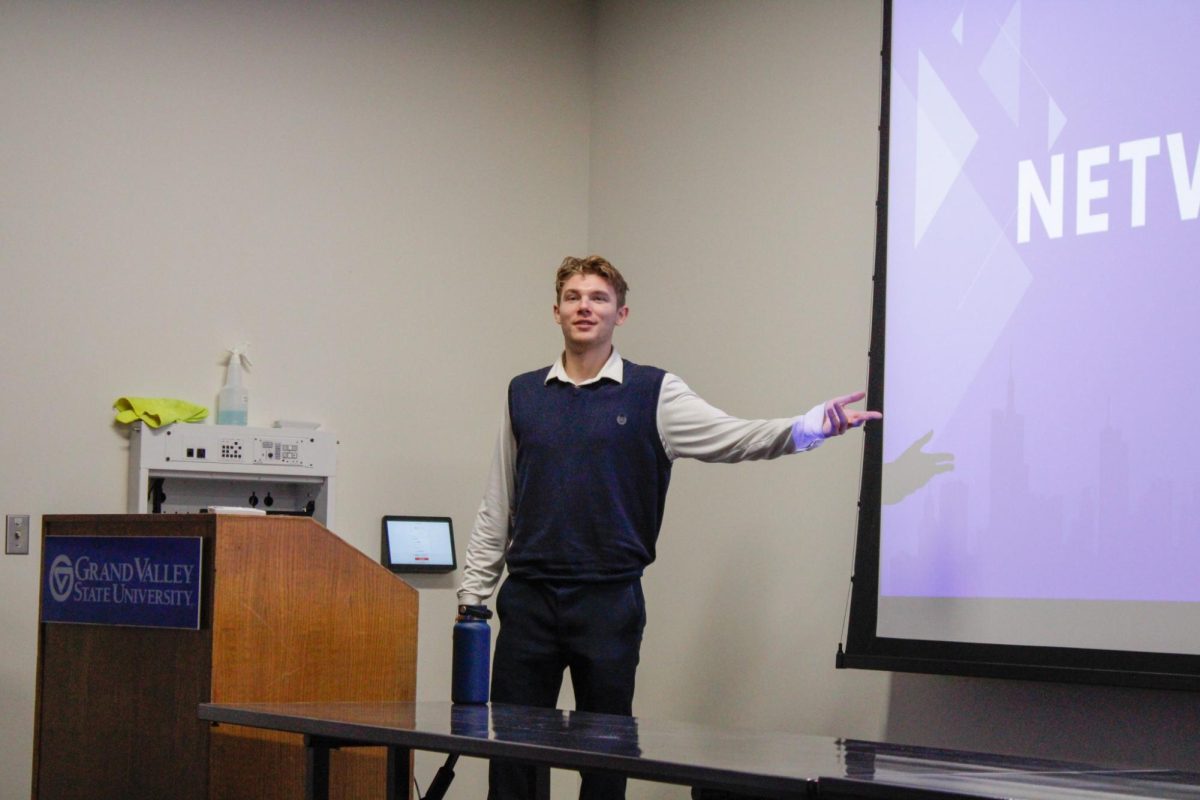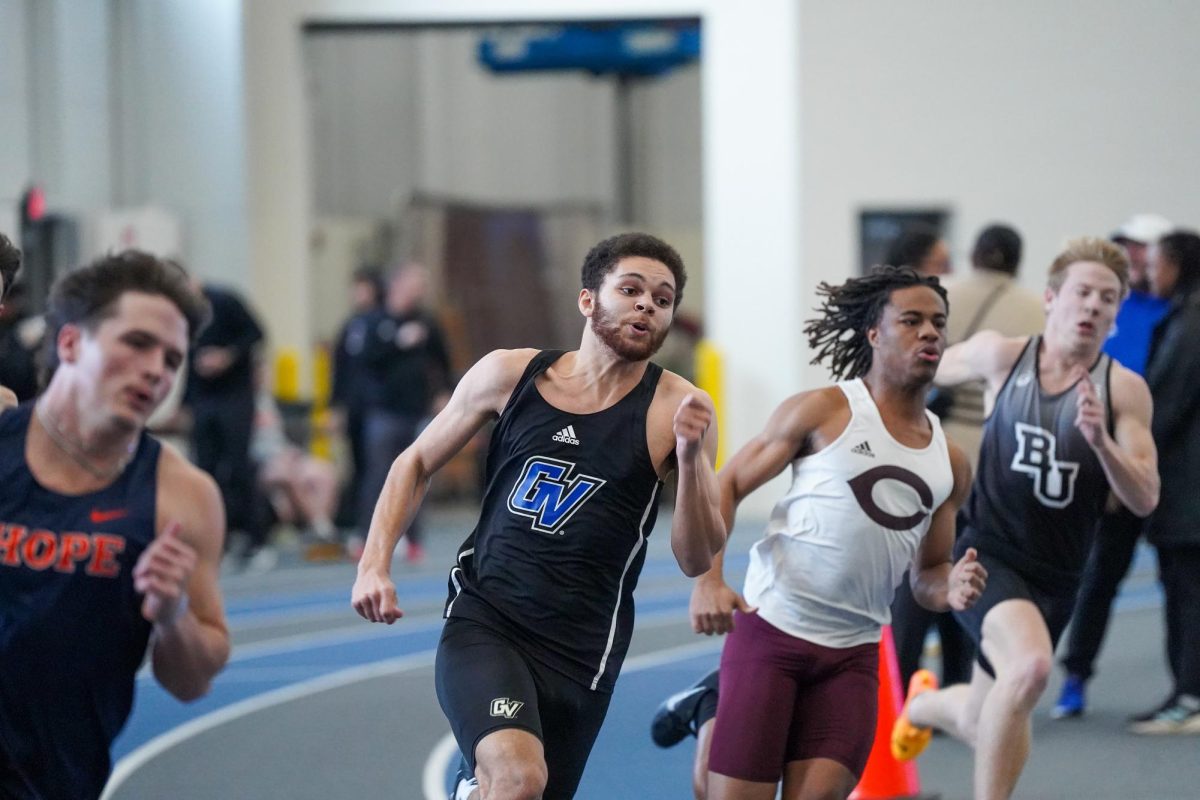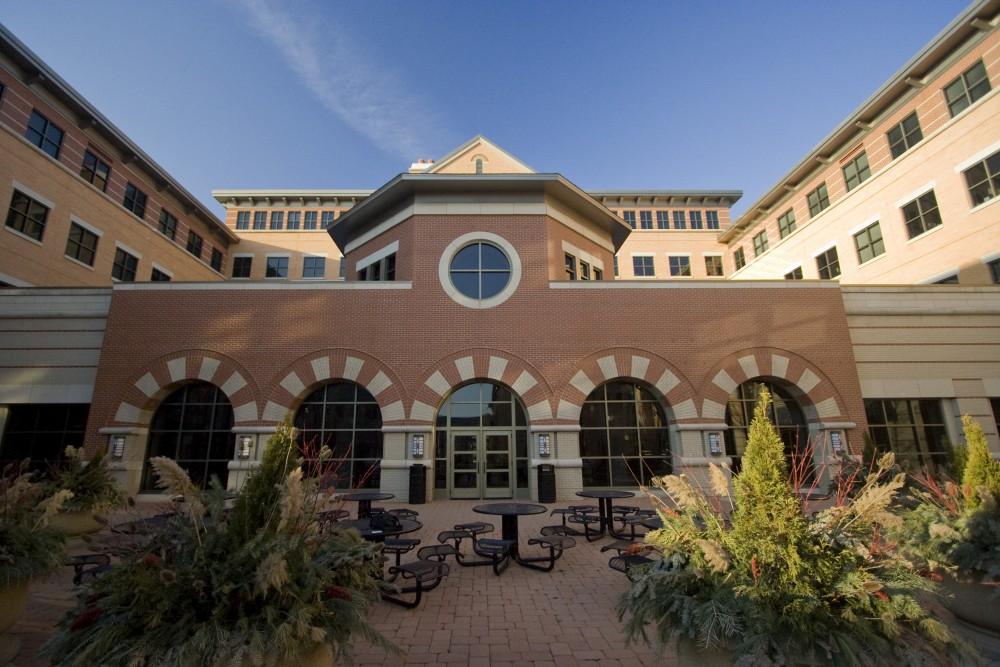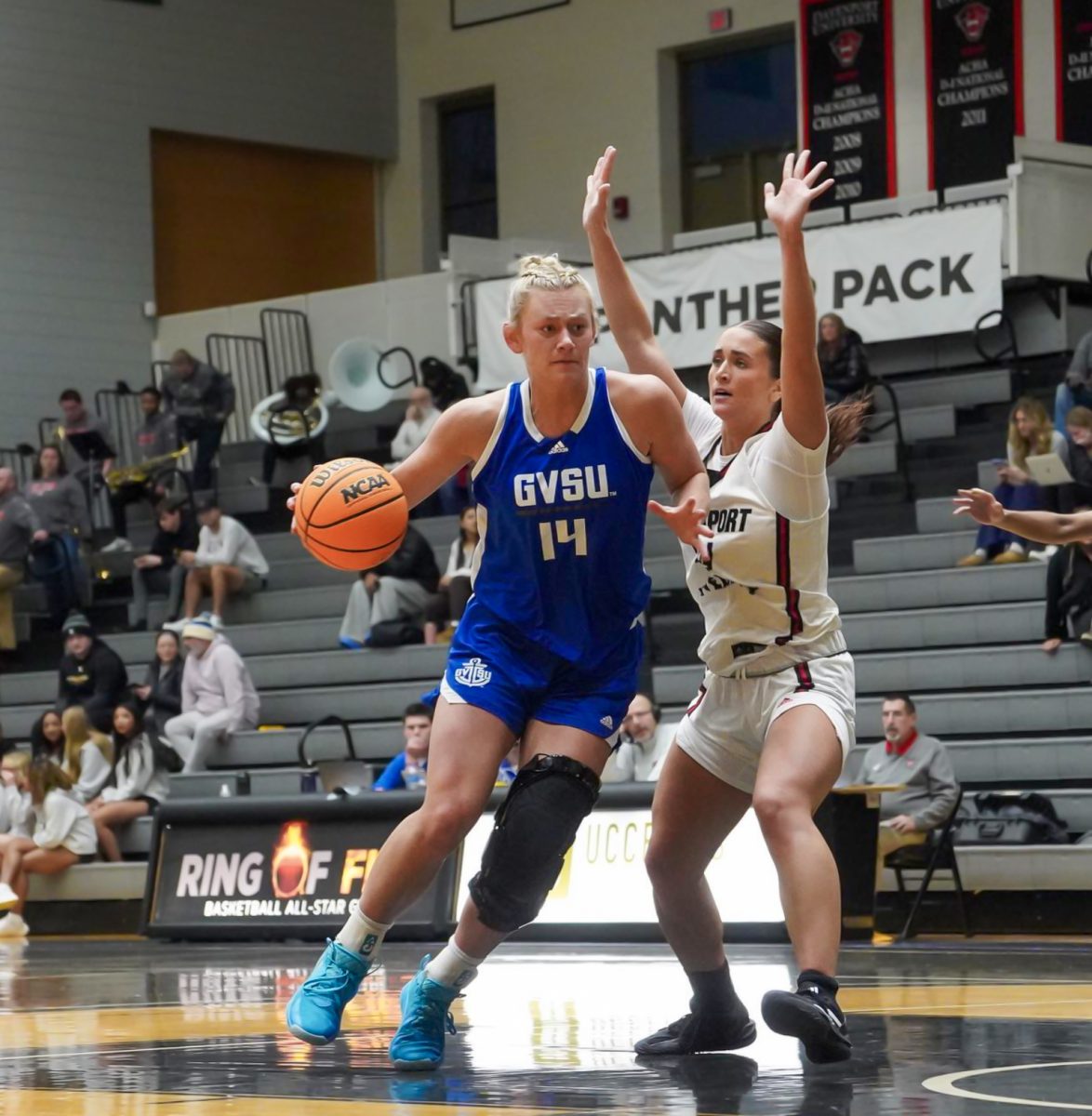Can we bridge the gap between students and student government?

Feb 24, 2020
Grand Valley State University’s Student Senate has been thrown into the limelight a couple times this academic year, gathering attention from the community and students alike. But in between those moments of fame, the Senate often seems to be floating on an island of their own.
Perhaps this is why students attended last week’s general assembly meeting to collect film for a documentary analyzing the disconnect between the student body and the student government.
It would be easy to blame this disconnect on the Senate. For students, it can be difficult to find opportunities to have open discourse with Senators, let alone speak to them in a student-to-student kind of way. And, of course, the very nature of the Senate is political, which can make conversation feel constrictive.
However, the blame really goes both ways. The Senate does hold outreach events such as “Meet the Senators.” Also, their contact information is readily available online and their weekly meetings are all open to the public.
But many students just don’t want to engage. We have busy classloads and social lives, and if we’re being honest, local politics can be a little boring after sitting through multiple hours of debate — this is something we know firsthand, as we have been to our fair share of general assembly meetings.
While the meetings aren’t always exciting, they are worthwhile and they do matter, especially when it comes to the student body. If you feel like the Senate isn’t acting with your favor in mind, it’s your job to let them know. How is the Senate going to act on the student body’s behalf if the student body doesn’t ever express their needs?
This school year, the biggest student turnout for a general assembly meeting came during the discussions about the Pledge of Allegiance. Why? Because at the end of the day, people don’t care about what is happening at Senate meetings until something sensational happens.
Not many people came out to support the implementation of a new prayer room on campus or the reinstatement of the Senate’s sustainability sub-committee, both of which provided positive change on campus.
If we truly want to bridge the gap between the student body and the Student Senate, regular students need to be that bridge. The Senate has time for public comments both at the beginning and at the end of each general assembly meeting, which takes place every Thursday at 4:30 p.m. The body also live tweets their meetings and the Lanthorn reports on the outcomes every Monday after they’re held.
Maybe you don’t have to come to every meeting, but keep an eye out for when they are covering something that matters to you, or contact them online if you have something you think needs to be addressed. The first step to being heard is to speak up.

























